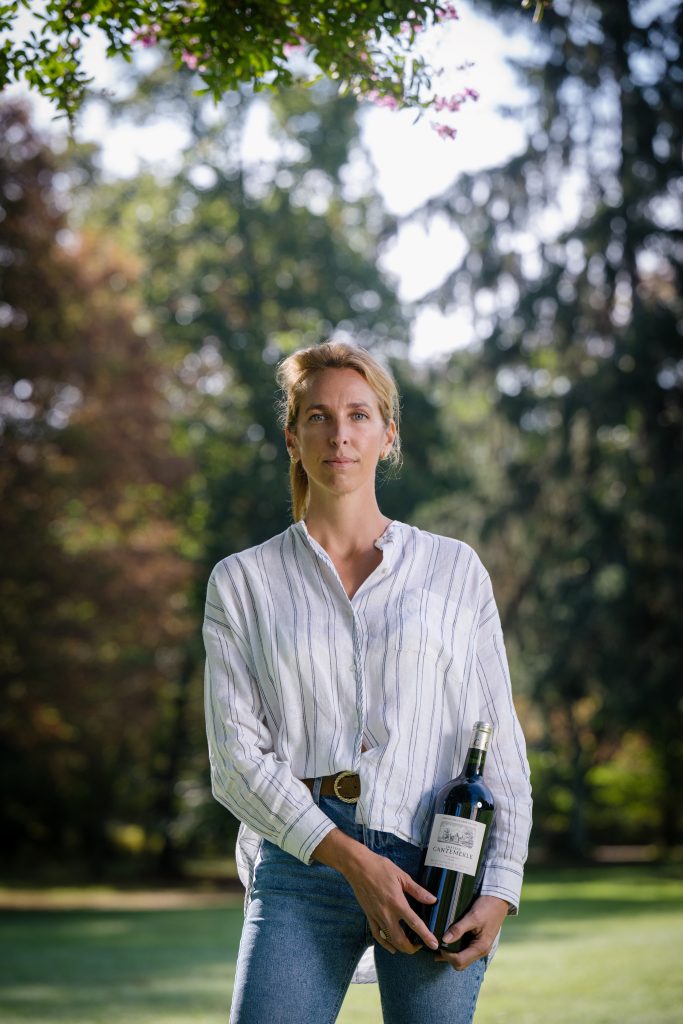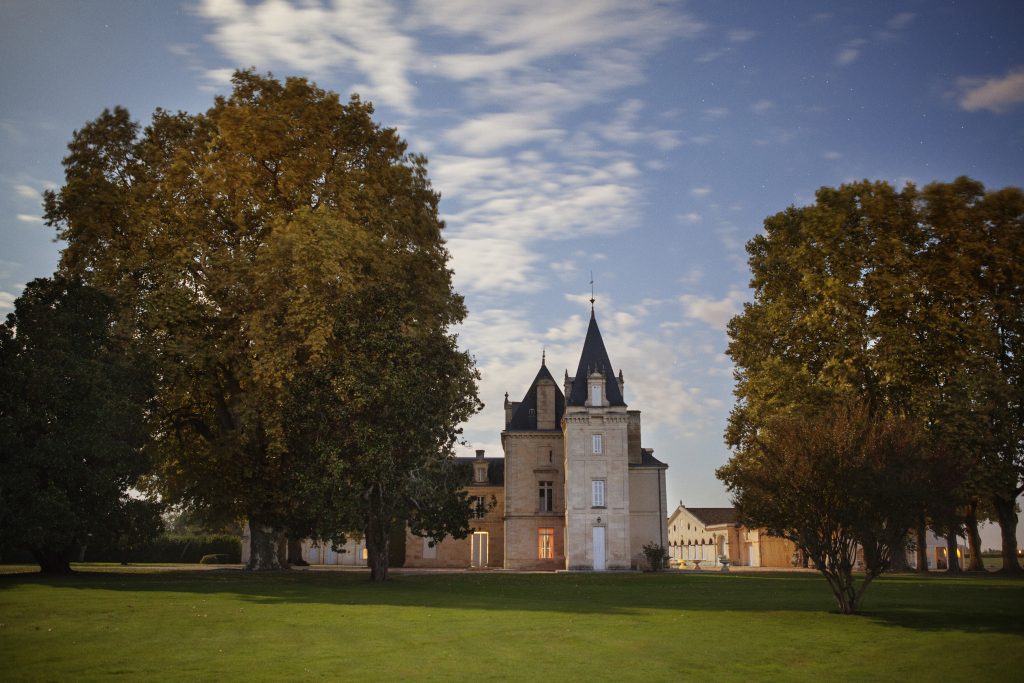Château Cantemerle: ‘the 2023 is a good indication of where the estate is going’
Château Cantemerle has long been associated with great value Bordeaux wines, but its new general manager Laure Canu wants the estate to be known for its quality, rather than its prices – and a major new investment in quality will play a key part of this. Arabella Mileham sat down with her to find out more.

After joining Château Cantemerle from five years as deputy general manager of Château Angélus in 2021, it is perhaps no surprise that Laure Canu, who trained as a lawyer in Paris before completing a Master’s degree specialising in Wine and Spirits Management, brings some ideas to shake things up at the fifth-growth château in Haut Medoc. One of the oldest properties in Bordeaux, it can date its history back to the 12th century.
Last year Colin Hay’s gave the chateau a glowing review for the 2022 vintage, promising that this was the start of things to come. And Canu clearly agrees. The 2022 vintage saw a step up in terms of quality, with an exceptional vintage – and she argues that the 2023 is likely to show the direction of travel for the estate.
“We are very proud of the quality of the 2023 – it’s not a big step between the 2022, which was so exceptional, but the 2023 is more like what we want to produce. It is a good indication of where the estate is going.”
Her stated aim – to make Cantemerle’s reputation less about the good value of the wines, and more about its undoubted quality – is something that she admits might take “a very long time”. However, as well as her own extensive travel, Canu has recently hired sales director, Pierre-Alexandre Gazaille to boost the team’s ability to develop their markets and talk to clients both in Europe and across the world. The US, for example is a key target market where it currently does less than 10% in the US, “but for such an important market, I think we could do better,” Canu notes. “We have to be careful to have more balance in distribution.”
“There’s something friendly about Cantemerle – you get a warm welcome as they know the brand and you can open a bottle a drink it, it is approachable, you can open it young or keep it for ages,” she explains. “However, it is very important to realise the quality of the wines, the terroir and the work involved, so they don’t just think about the price,” she said.
In addition, the team have “great partnership with negociants”. “We’re lucky to have a sales people with the negociant who is keen to help us with this project, who believe in the wine and in us” she said. “It is important to talk about the quality before the price.”
Canu’s plans are taking tangible form in the “massive investment” and renovation project undertaken by Cantemarle’s owner, French insurance group SMABTP group, who bought the chateau from the Dubos family in 1981. This two-year project will see the restoration of the 18th century chateau and orangery, to provide better accommodation for visitors and guests, as well as a big tasting room and boutique. Being able to welcome people to the renovated domain with its new tasting rooms will help underline this, she notes.
However, the biggest opportunity for reinforcing the quality of the wine will come in the form of the new vat room, which will triple the number of barrels of all sizes, and introduce a gravity fed system, complete with underground barrel cellar.

This new investment on the chateau and winemaking facilities comes on top SMABTP previous investment in the vineyard which were replanted and reshaped and added to back in the 1980s/90s.
“There were only 20 ha of vines, so the vineyards were in a very bad state,” Laure Canu explains. As a result, the vineyards were replanted and “rebalanced” in terms of varieties with Merlot and Cabernet Franc reduced in favour of cabernet sauvignon.
Partner Content
“When they bought Château Cantemerle, there was 36% cabernet sauvignon, today that is 67%, so that has been a massive change.”
“They invested a lot in the vineyard forty years ago, and now we have a vineyard that is in great shape, with very healthy vines, but it was frustrating to have the technical installation dating back to the 1990s, with big vats, as we couldn’t work with precision”.
The first goal of the renovation was the new technical vat room, which is expected to be ready in summer 2025. This new room will have 120 new vats – triple the number in the old room, ranging in size from 35hL to 170hL.
“This wider range will allow us to work with greater precision using gravity fed from harvest to ageing, as we will have an underground barrel cellar,” she said.
The difference this will make will be huge, Canu explains. “It is a massive step up the quality of wines. Château Cantemerle has always been very consistent – classic vintages like the ‘17 or ’13 were always very good because of the terroir – and we will keep the style, Cantemerle’s signature elegance and the freshness of the wine, but we will try to add some flesh and complexity, the mid-palate will be more precise, as well as the quality of the tannins.”

It will also allow the team to upgrade their knowledge of the vines and plots, she added, and therefore able to be more selective about the best parts of the vineyard. “as you didn’t know the intra-plot quality, each part of the vineyard, and that will be much greater than it is today.”
Although the cellar won’t be completed until 2025, the team have already started to make those changes in a temporary cellar, a temperature controlled area which was formerly used for storage. It has also had some of the new stainless steel vats already, replacing some of the older wooden barrels – in future they will only use stainless steel, Canu adds.
“We started the improvement work on the quality of wines last year. We have much more selection – we used to produce 70% of the grand vin and 30% of second label, but from 2022 we decide to produce only 60% of the grand vin, so that we can concentrate of the heart of the vineyard, and the oldest vines, especially of the cabernet sauvignon.”
This selection was very efficient, she notes – and the quality of the 2022 stood out so much that the team decided to have “at least” 70% cabernet sauvignon in the final blend each year in order to have the signature of the cabernet sauvignon and “the gravelly terroir” (before it was a bit more ad hoc, depending on the vintage, she explains)
The team has also dialled back its oak-ageing, with less and less new oak being used “in order to focus on the terroir”, Canu explains. “The ageing period is short anyway, only 12 months, and it used to be 40% new oak. In 2022 and 2023 it was only 35% but we are experimenting and currently trying different percentages.”
Related news
For the eleventh day of Christmas...
Non-vintage is ‘putting together a puzzle’ says Champagne Lallier




